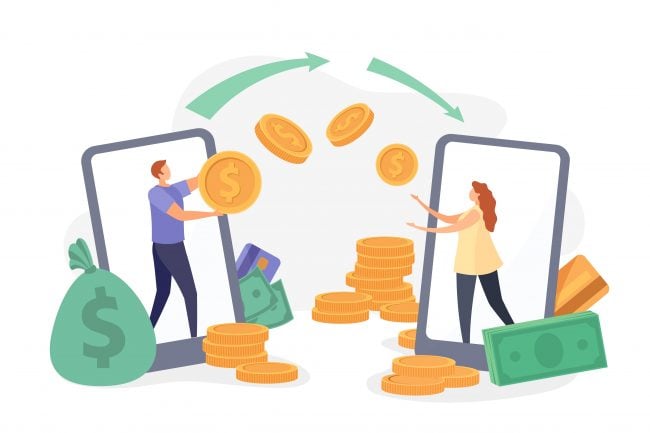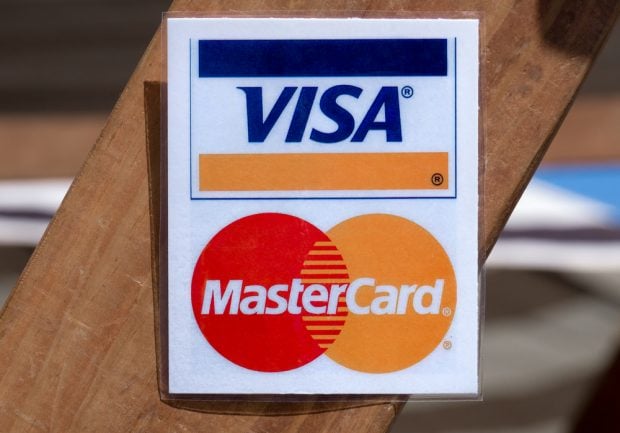
The iPhone 6 announcement produced more than a million tweetsand if you Google “Apple Pay,” you'll get an incredible 300 millionhits.
|For those interested in being able to more easily and safely payfor goods and services with our gadgets, Apple Pay has done more toget the ball rolling than any of its predecessors. But, as cool andinnovative as it is, Apple Pay is only part of the story.
|The most obvious fact that is seldom mentioned in the media'sfeeding frenzy over Apple and Apple Pay is that iOS users areactually still a minority. Granted, they are an attractive minoritywith their high net income, education levels and device usage.
|However, according to IDC, Android powered devices control 80% of themarket worldwide, while iOS represents a mere 15%. In the U.S., therace is a bit tighter with Android at 52% and iOS at 42%. TheiPhone 6 may have converted a few Android users, but even so, ApplePay only works for less than half the consumers in the U.S.
|Once financial institutions sober up from the Apple Pay high,they will need to face the question of what they will do to enabledigital payments for Android users that want to use theirsmartphones to purchase goods and services. They will realize,through the haze of the Apple-colored hangover, that they cannotignore them in the payments area any more than they can ignore themin the digital banking landscape.
|Any bank or credit union worth their salt has a digital bankingapp that is compatible for both Android and iOS users. The questionis will financial institutions decide to take the initiative toprovide for an Apple Pay-type option for their Android users orwill they wait for the next tech company, for example, Samsung, tostep in with the answer and take away more of the day-to-dayinteraction with the consumer.
|Perhaps they will. After all, it is difficult for banks andcredit unions to innovate quickly. Many obviously feel it is betterto give up significant aspects of their business in order to stayin step with technology juggernauts such as Apple. That is why somein the media have suggested that some tech companies shouldconsider entering the banking business.
|Why bother negotiating with these slow, risk-adverse,legacy-laden institutions at all? School them in innovation andthen show them how to deliver it in services and products thatpeople want their banks and credit unions to provide.
|That, unfortunately, isn't going to happen. The cost andcomplexity of running a bank is not compatible with the fundamental business model of techcompanies. Meeting the capital requirements, operating in ahighly-regulated environment and living with the overheadassociated with running a financial institution are not conduciveto high growth and the attractive stock multiples that techcompanies enjoy.
|Banks and credit unions know this. They do not feel threatenedby things like Apple Pay because they know Apple is not interestedin taking away their core business. Maybe that is why so many havea mindset similar to Alfred E. Neuman, the fictitious mascot andcover boy of Mad magazine when it comes to the Apple Pay model:“What – me worry?”
|However, worry they should. By deploying Apple Pay and gettingfinancial institutions to give up basis points and their primacy inthe payments relationship with their customers, Apple has laid thefoundation for successfully extracting value from theinfrastructure of the financial institutions. Do this enough times– with a Samsung version of Apple Pay – and the core business ofbanks and credit unions is essentially commoditized.
|Rather than attacking banks and credit unions head on bybecoming financial institutions, third parties such as Apple areusing technology to take advantage of their hosts by takingprofitable bits of the business and using it to fuel their owngrowth models such as with payments.
|Kevin Kammer is CEO of Prairie Cloudware. He can be reachedat 402-504-1201 or [email protected].
|
Complete your profile to continue reading and get FREE access to CUTimes.com, part of your ALM digital membership.
Your access to unlimited CUTimes.com content isn’t changing.
Once you are an ALM digital member, you’ll receive:
- Critical CUTimes.com information including comprehensive product and service provider listings via the Marketplace Directory, CU Careers, resources from industry leaders, webcasts, and breaking news, analysis and more with our informative Newsletters.
- Exclusive discounts on ALM and CU Times events.
- Access to other award-winning ALM websites including Law.com and GlobeSt.com.
Already have an account? Sign In
© 2024 ALM Global, LLC, All Rights Reserved. Request academic re-use from www.copyright.com. All other uses, submit a request to [email protected]. For more information visit Asset & Logo Licensing.









